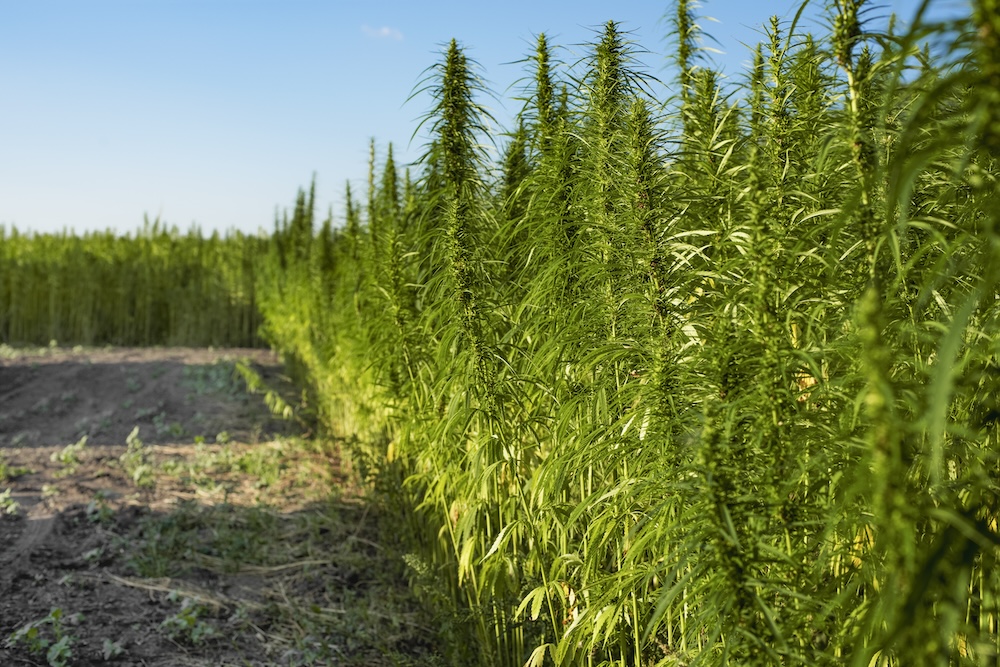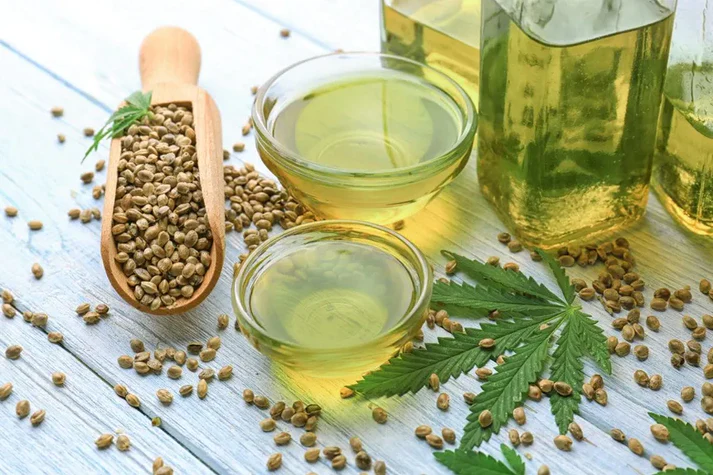What Is Hemp
What Is Hemp?
Firstly, just to clarify the difference between Hemp and Marijuana, as there is sometimes much confusion. Both are from the same Cannabis Species and Hemp is legally defined as a cannabis plant having less than 1.0% of THC/THCa whist Marijuana has more than 1.0%.

Cannabis Evolution
In the 1920s, most of the world including Australia agreed to ban cannabis as part of the 1925 Geneva convention. It’s important to note that cannabis was a last-minute amendment that was added due to the lack of research at the time and pressure from other countries to include it. Australia was still researching cannabis for medical and scientific reasons and small-scale cultivation was allowed in some areas until its full outlawing in 1960. It was not long until other countries began to shift their attitudes toward medical cannabis and industrial hemp, so did Australia.

Global Versatility
After almost 80 years hemp was finally legalised in Australia in 2017. Today hemp is being grown across Australia’s temperate, subtropical and tropical climates.
Across the globe, It is estimated that industrial hemp can be used in more than 25,000 different products from textiles, clothing, rope, home furnishings, building materials, plastic , industrial oils, cosmetics as well as food and pharmaceuticals. Hemp has also had a positive effect on our environment being able to capture and store carbon and is considered zero waste as all parts of the plant can be utilised.
Today hemp is experiencing a global resurgence and Wandarra is committed to growing, harvesting and processing hemp fibre and seeds to meet local and global food and fibre demands.
The Global Market For Hemp Consists Of 25,000+ Products In 9+ Submarkets.

Automotive

Construction Materials

Textiles

Recycling

Furniture

Personal Care

Paper

Interested In Investing?
Examples Of Hemp Uses
Hemp Fibre
Hemp Fibre
Hemp Hurd
Hemp Hurd
Hemp Seeds
Hemp Seeds
The Sustainable Wonder Crop Is Sweeping The Nation

Saves Trees

Environmentalists Best Friend

Can Be Made into Bio Fuel

Superfood

Can Compete with Cotton

Make Carbon Neutral Buildings

Can Replace Plastics




